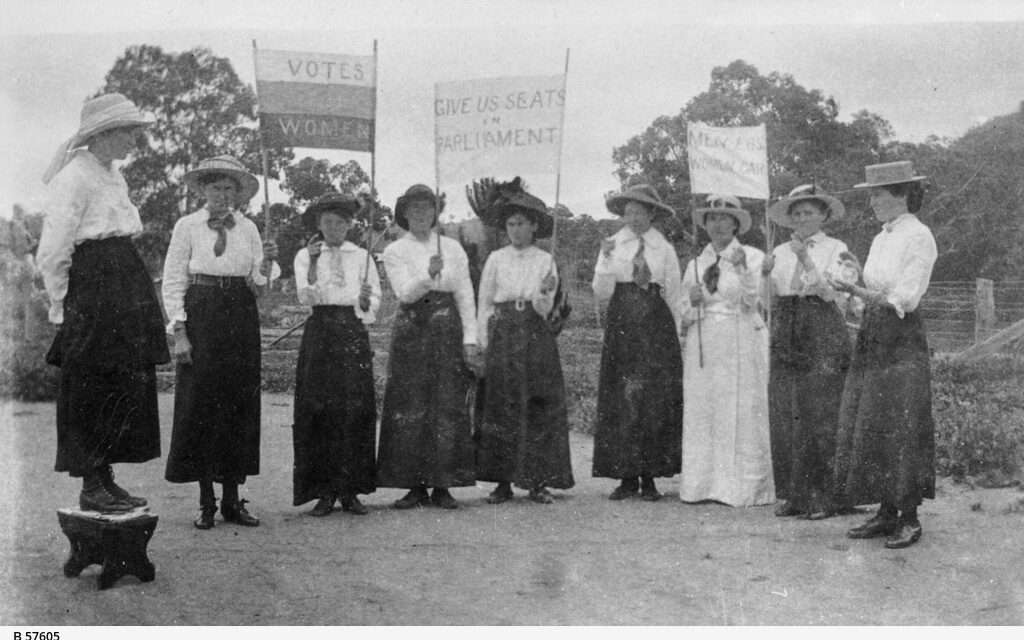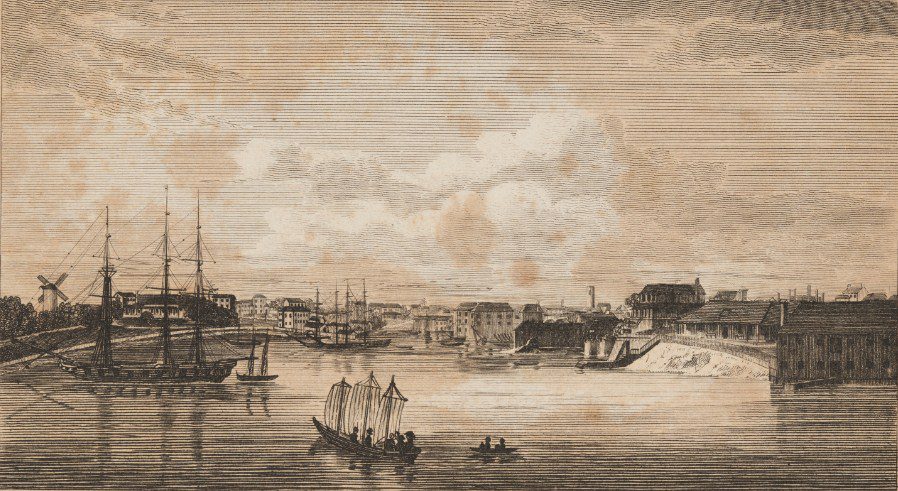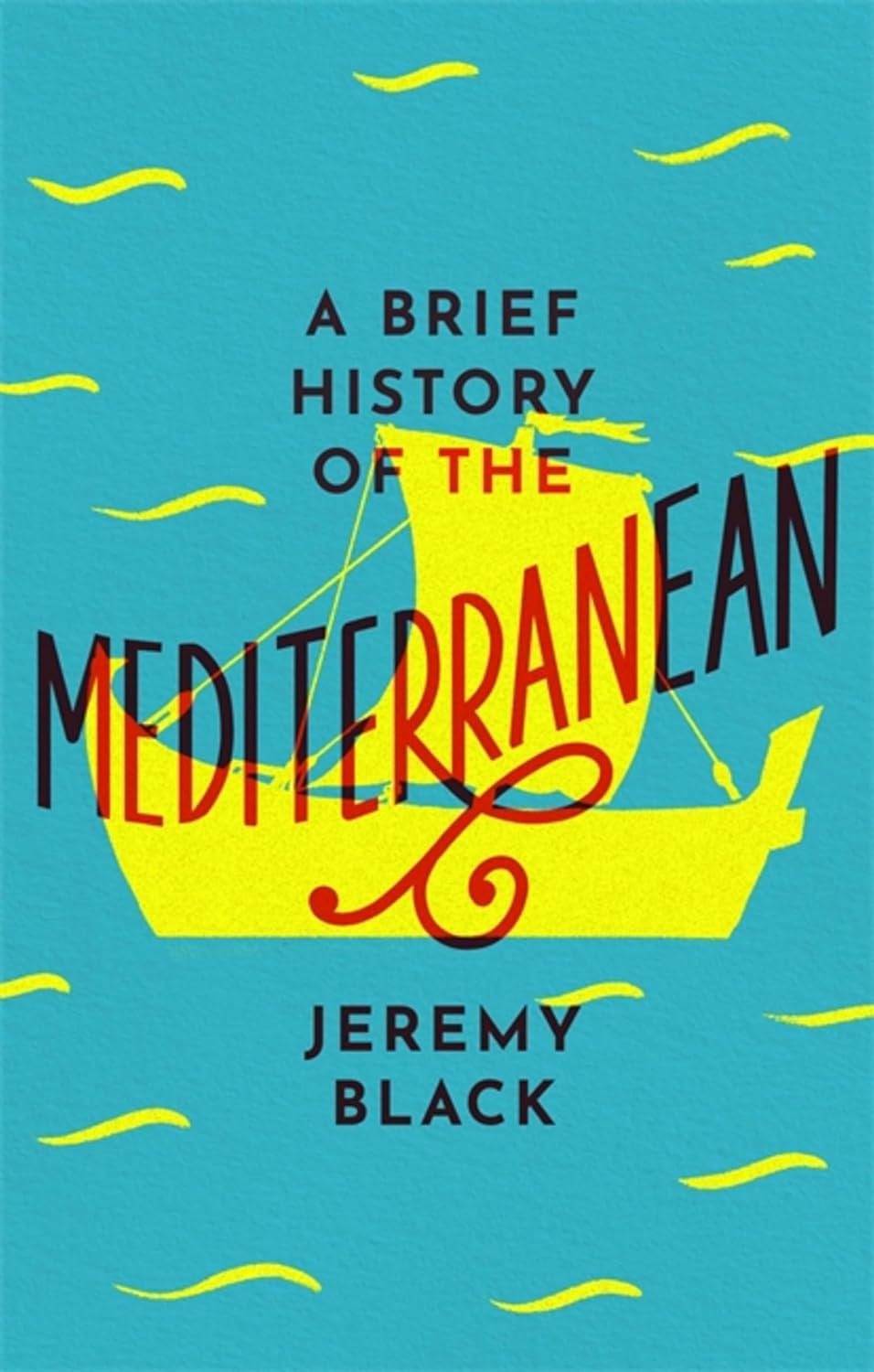Reading time: 5 minutes
Between 1894 and 1908 a wave of women’s enfranchisement swept across Australia. Beginning in South Australia in 1894 and ending 14 years later in Victoria, Australia’s six colonies allowed women to vote.
With the passage of the Commonwealth Franchise Act in 1902, Australia became just the second country in the world – after New Zealand in 1893 – to give women the vote. At the same time, the Commonwealth became the first country in which women could stand for parliament. It was this coincidence of voting and representation rights that made Australian women the “most fully enfranchised” in the world.
By James Keating, UNSW Sydney.
The development of voting rights for women was not a “gift”, as contemporary politicians and – later – historians framed it. Instead, it was the result of concerted activism led by a group of white, middle-class, urban women, with pockets of working-class support, and fortified by a Protestant temperance vision.
Suffragists from Perth to Sydney enlisted male political sponsors and drew on a common tactical arsenal to engender public support for their demands – which “squeaked through parliaments in a period of flux”.

As several historians have shown, in the 1850s women contested the terms of the political citizenship conferred on male colonists after Britain conferred responsible government – the system whereby the colonies were given control of their domestic affairs through popularly elected parliaments.
However, feminism only came to the fore as a political force in the late 1880s. It was galvanised by the formation of local women’s groups, like literary and suffrage societies, as well as overseas imports like the Woman’s Christian Temperance Union (WCTU), and the dissemination of British and American propaganda. With these institutional supports, organised suffrage movements emerged in all six colonies.
The Australasian WCTU’s Manual of the Franchise Department neatly summarised the methods that defined the colonial campaigns. Its author, Catherine Wallace, sought to standardise the techniques that saw Victorian women amass 30,000 signatures on a “monster” suffrage petition that year.
She urged readers to form franchise departments, join suffrage leagues, write to the press, hold public debates, circulate petitions, and relay news across the union’s hierarchy of colonial and global suffrage leaders.
What was its impact?
Winning the vote was not an end in itself. The suffragists believed that gaining the vote meant women had an obligation to reform society.
They hoped to improve the lives of Australian women and embody the virtues of political citizenship for the benefit of disenfranchised women across the world. This was especially true for the “sisters” from whom they had drawn inspiration in the UK and the US.

However, as the suffragists quickly discovered, enfranchisement was not a panacea for women’s economic, political and social disadvantages. Soon after winning the vote, their activist coalitions collapsed as women pursued an array of conflicting agendas, from prohibition to workers’ rights.
One of the chief divisions that arose in the ensuing decades was over the need for separatist organising. Socialist and working-class women, like Kate Dwyer, the Golding sisters and Lillian Locke believed women’s political future was with the Labor Party.
By contrast, many of the movement’s leading figures – including Vida Goldstein, Catherine Helen Spence, and Rose Scott – remained outside the party system. They feared demands for loyalty would sideline any feminist agenda.
As their counterparts in New Zealand had already found, even when women reached consensus they faced stiff resistance when they attempted to “curb men’s sexual liberties”.
In particular, campaigns to raise the age of consent and repeal the infamous Contagious Diseases Acts led to a backlash against women exercising their political power.
What are its contemporary implications?
The struggle for voting rights did not end in 1908. As historians like Patricia Grimshaw have pointed out, the expansion of who was entitled to vote federally came at the expense of Indigenous peoples.
Whereas Indigenous Australians’ voting rights had been murky until Federation, the Commonwealth Franchise Act disqualified any “Aboriginal native of Australia Asia Africa or the Islands of the Pacific except New Zealand” from enrolling to vote.
Most suffragists did not display the fixation with racial integrity that led politicians to institute the White Australia policy. Yet, until a new generation of feminist leaders emerged after the first world war, neither did they challenge it.
Women’s enfranchisement is celebrated as part of Australia’s democratic mythology. However, many of the suffragists’ more radical ideas – like pacifism, equal pay, and even their vision of a world where women could use the power of the state to protect themselves and their children from violence – remain unrealised.
Nevertheless, Australian suffragists were notable for their desire to use new-found national citizenship as a platform to promote progressive causes. Examples include Catherine Spence’s pursuit of “pure democracy” (a form of proportional representation) in the US, and Vida Goldstein’s role in founding the International Woman’s Suffrage Alliance.
Historian Clare Wright argues the suffragists’ efforts offer Australia a founding myth distinct from the Anzac legend. However, much evidence suggests that women like Rose Scott resisted the appeal of nationalism altogether, and instead worked to realise their ambitions in the states.
Still, in their commitment to promoting peace, advocating for women’s rights, and fostering international understanding, the suffragists offer a model of Australia’s role in the world that remains as important as ever.
This article was originally published in The Conversation.
Podcast episodes about Women’s Suffrage in Australia
Articles you may also like
The text of this article is republished from The Conversation in accordance with their republishing policy and is licenced under a Creative Commons — Attribution/No derivatives license.











